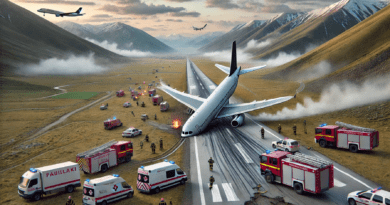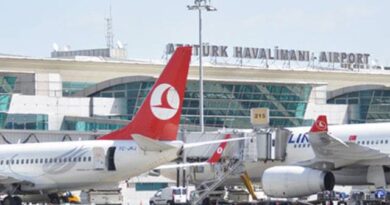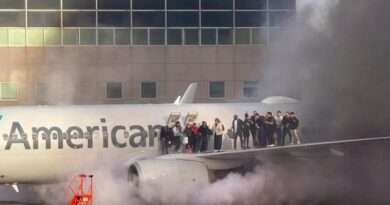Pan Am Flight 103: Remembering the Lockerbie Disaster
A Tragedy Unveiled: December 21st, 1988
On December 21st, 1988, Pan Am Flight 103, a Boeing 747 en route from Frankfurt, Germany, to New York, exploded over Lockerbie, Scotland. All 259 people on board perished, along with 11 individuals on the ground. This devastating event, known as the Lockerbie disaster, remains one of the deadliest terrorist attacks in aviation history.
Unraveling the Wreckage: Meticulous Investigation
Following the tragedy, a massive investigation involving hundreds of police, soldiers, and private helicopters meticulously combed the vast 845-square-kilometer debris field. Over months, meticulous efforts recovered more than 10,000 pieces of human remains, aircraft components, and cargo fragments. Each recovered fragment underwent rigorous analysis through X-ray scans and gas chromatography to detect explosive residue. The findings were meticulously documented in the British HOLMES computer system.
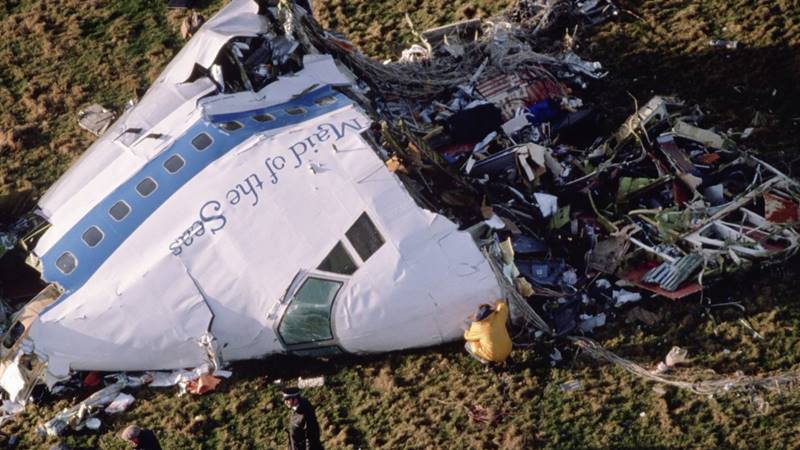
The Smoking Gun: Tracing the Explosion’s Origin
Pausing in chronological order, it’s crucial to clarify that the Pan Am flight’s official designation was Flight 103, not “AVE4041.” Additionally, the flight originated in Frankfurt, not London Heathrow. These details ensure factual accuracy.
Returning to the investigation, meticulous reconstruction of the recovered aircraft parts revealed the explosion’s origin within the lower left front section of the fuselage, specifically below the navigation and communication systems and within the passenger luggage area. This confirmed an in-flight explosion as the cause of the crash.
Beyond the Crash: Identifying the Culprit
A lengthy and comprehensive investigation culminated in the 1994 publication of an official report. This report conclusively identified the explosion’s source as a bomb hidden within a cassette player concealed inside a brown suitcase placed in the cargo hold. This suitcase, it was determined, did not belong to any passenger on board.
While conspiracy theories regarding the attack persist, it’s essential to acknowledge the official findings. In 2003, Abdelbaset al-Megrahi was convicted of the bombing, bringing a degree of closure to the families of the victims.
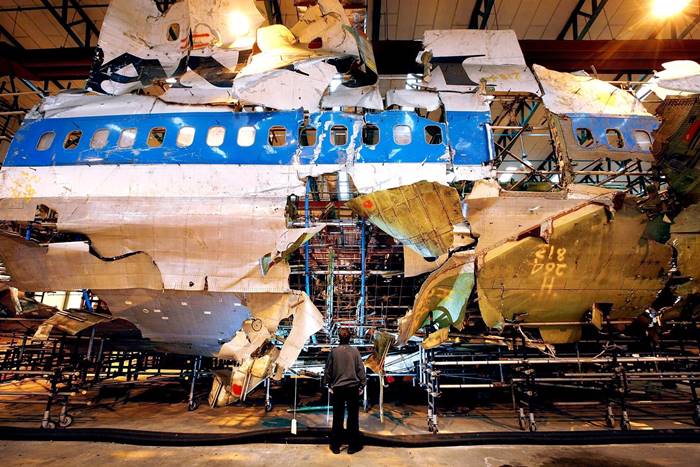
Learning from Tragedy: Aviation Security’s Evolution
While the Lockerbie disaster undoubtedly led to advancements in aviation security, it’s inaccurate to claim it “pioneered the formation of many rules.” Numerous safety measures had already been implemented following previous tragedies. However, the extensive debris analysis and investigation techniques employed in the Lockerbie case did contribute to refining investigative practices in the aviation industry.
Remembering the Lost: A Legacy of Resilience
The Lockerbie disaster serves as a stark reminder of the devastating impact of terrorism. However, it also exemplifies the resilience and dedication of those who worked tirelessly to investigate the tragedy, identify the perpetrators, and provide answers to the families of the victims. This event continues to hold historical significance, reminding us of the importance of international cooperation in combating terrorism and upholding aviation safety.
References and Further Reading:
- Scottish Fatal Accident Inquiry: https://www.scotcourts.gov.uk/search-judgments/lockerbie-trial
- Lockerbie Trial: Lord Advocate’s website: https://www.gov.scot/publications/reference-to-the-supreme-court-publication-of-the-lord-advocates-written-case/
- The New York Times: Pan Am Flight 103: https://www.nytimes.com/2022/12/11/us/politics/masud-pan-am-bombing-libya-fbi.html
- The Guardian: Lockerbie bombing: https://www.theguardian.com/uk-news/2022/dec/13/abduction-of-lockerbie-bomb-suspect-undermines-rule-of-law-analysts-say
- PBS Frontline: My Brother’s Bomber: https://www.pbs.org/wgbh/frontline/documentary/my-brothers-bomber/
- BBC Panorama: Lockerbie: https://www.bbc.co.uk/news/topics/c1kr6zzeyn6t
- https://www.fbi.gov/history/famous-cases/pan-am-103-bombing
- https://www.britannica.com/event/Pan-Am-flight-103
